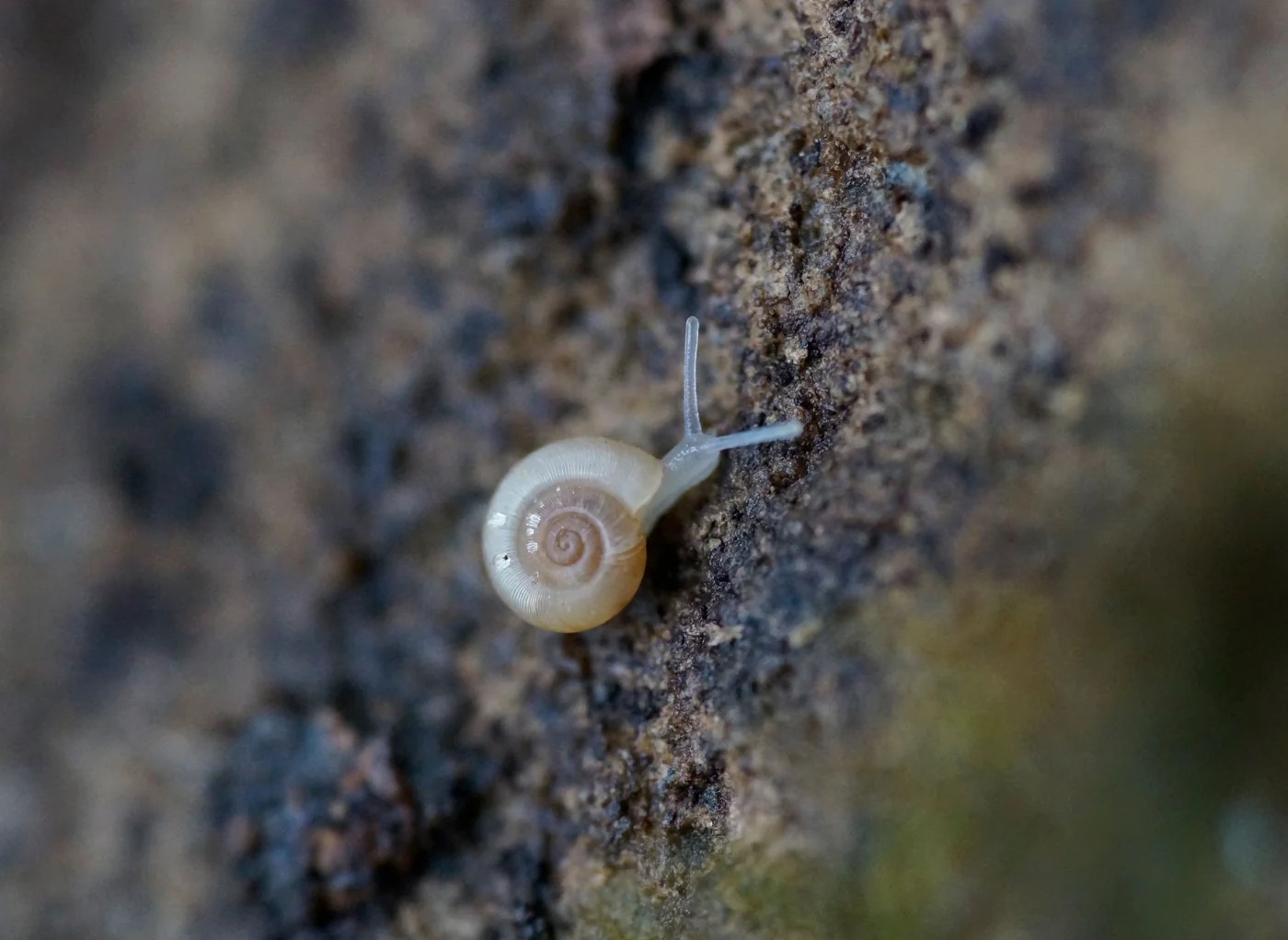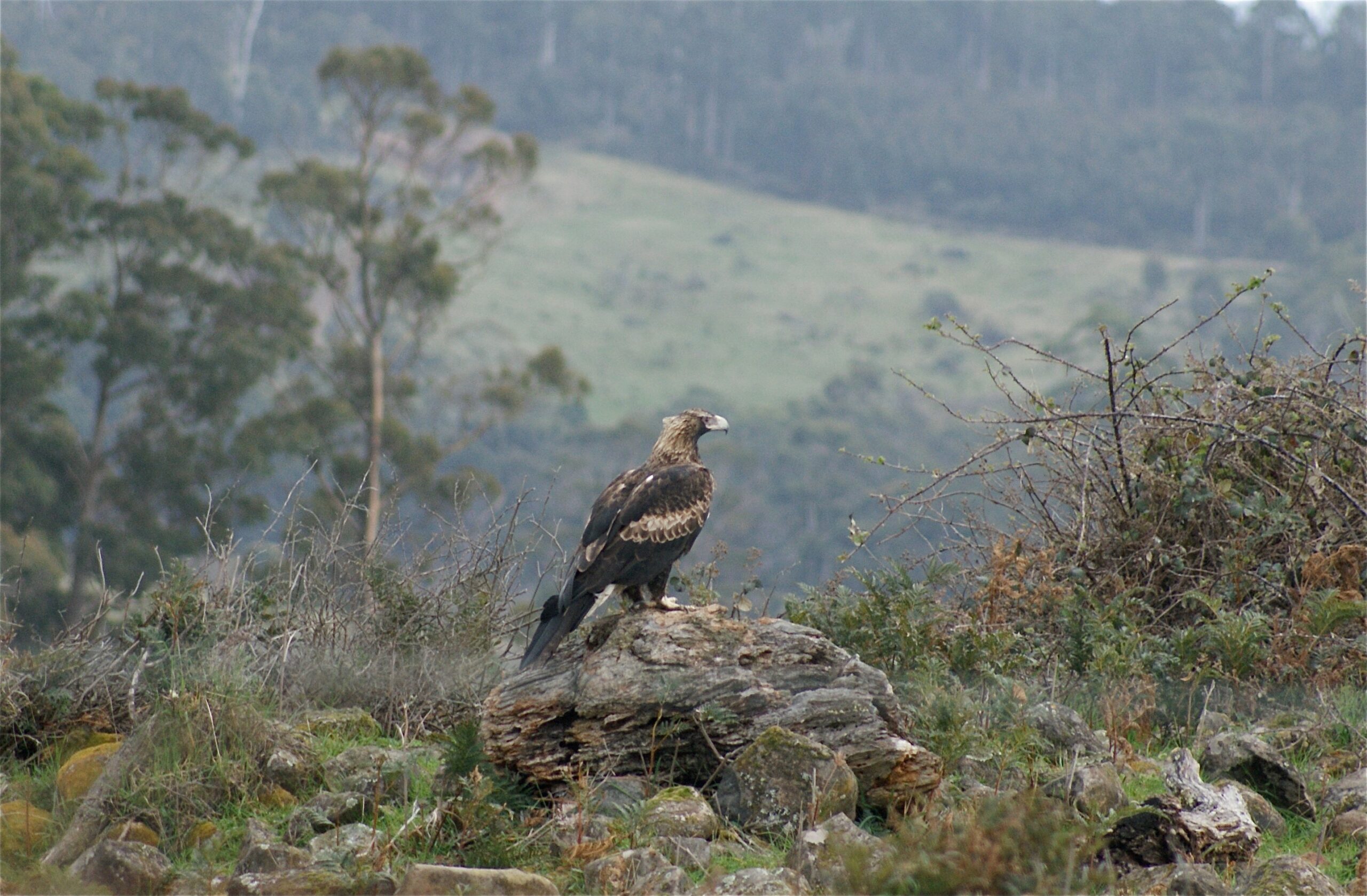Biodiversity Projects
A healthy environment underpins so much of what is special and unique in Southern Tasmania. Our environmental projects focus on the preservation and protection of the species and communities that characterise our beautiful region. We carry out this work in partnership with numerous community groups, agencies, organisations and industries, working to protect threatened species and protect the natural assets that we all enjoy.















